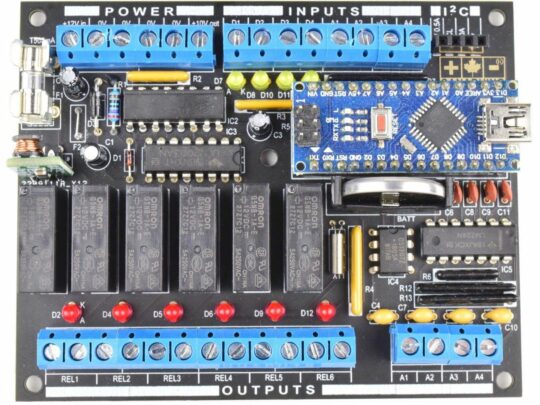
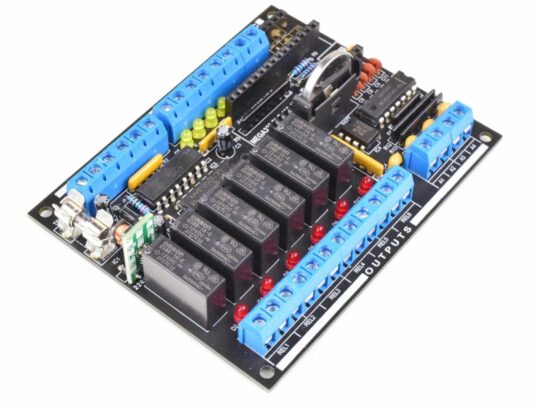
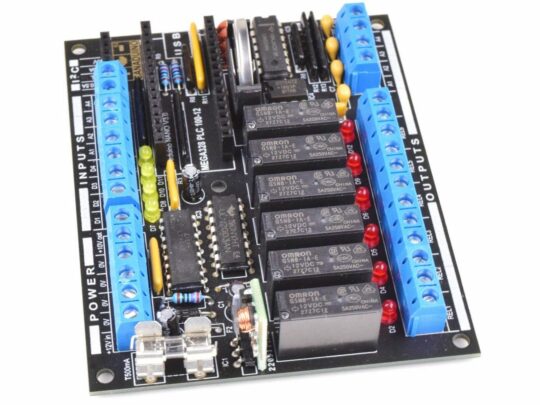
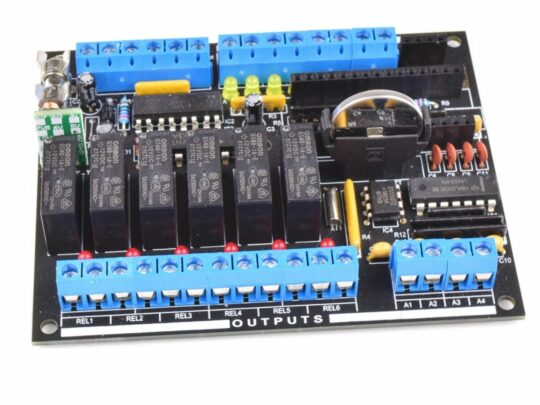
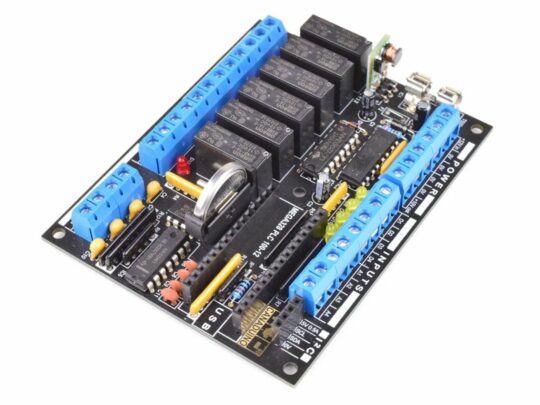
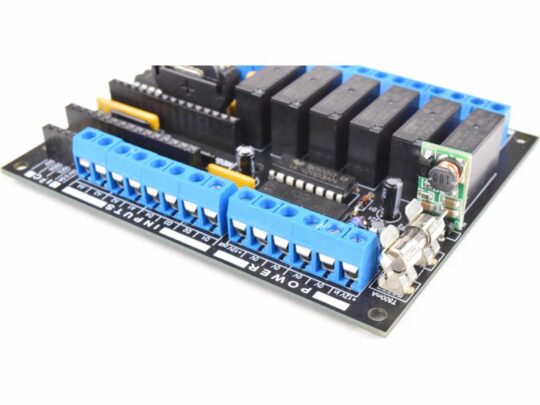
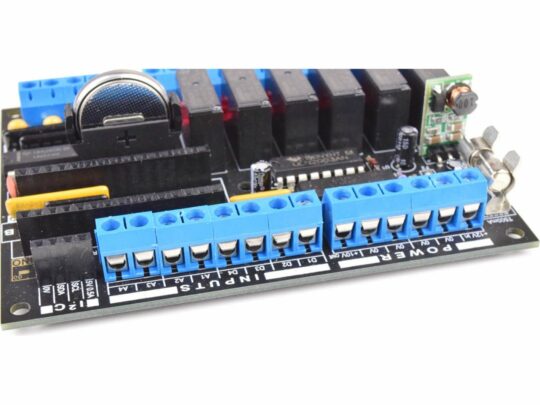
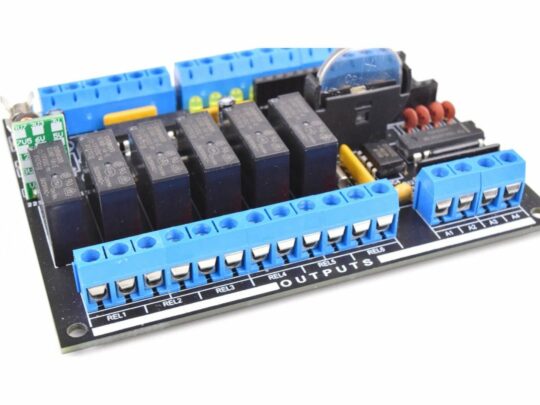
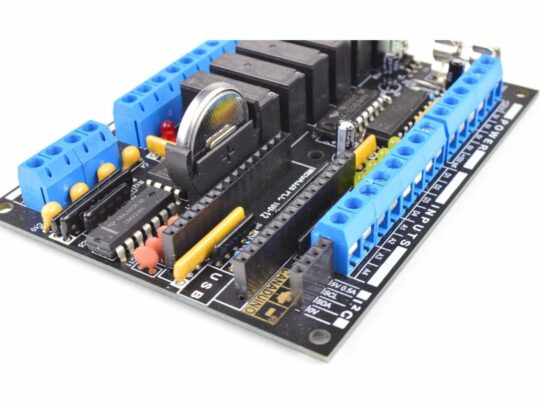
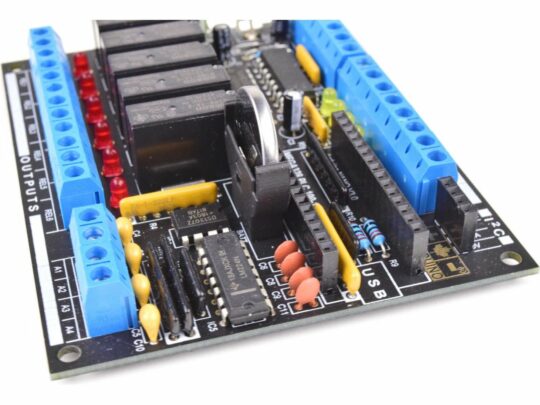
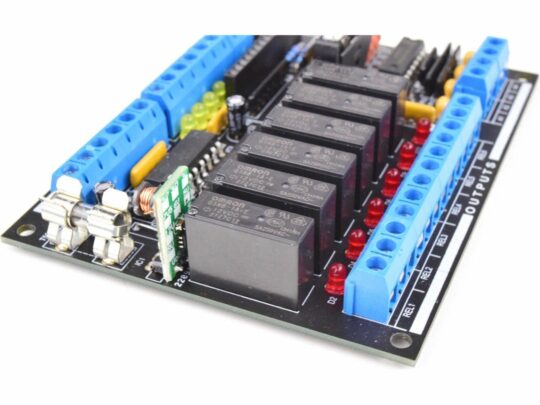
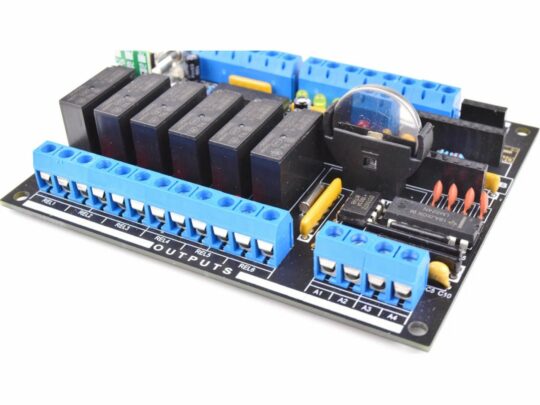
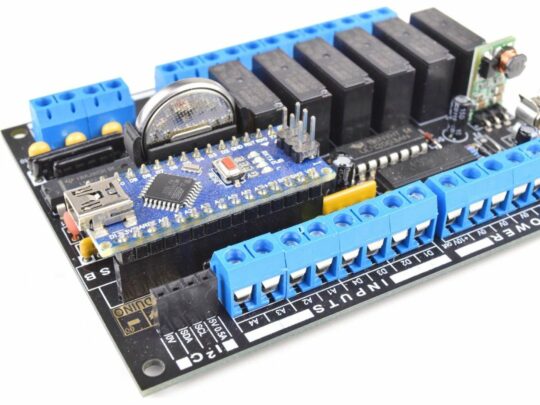
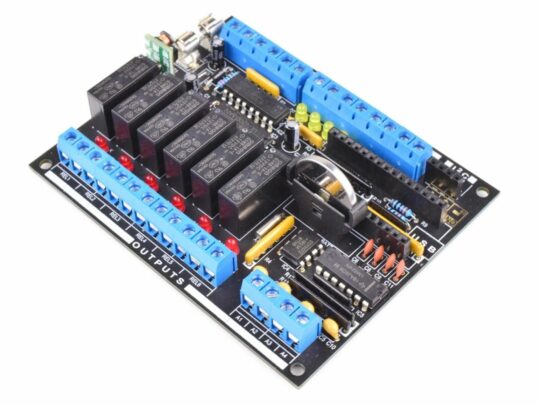
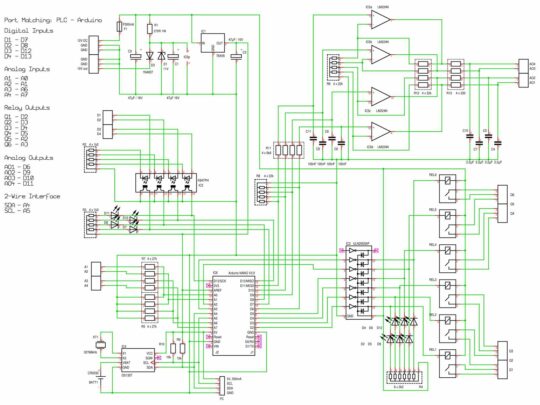
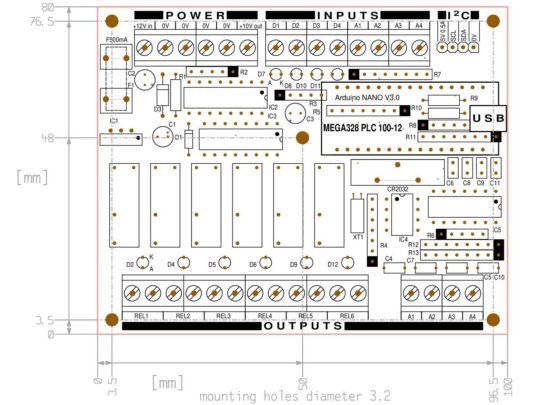
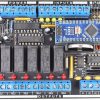
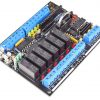
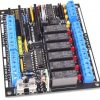
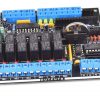
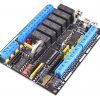
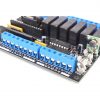
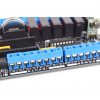
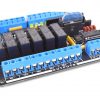
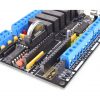
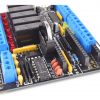
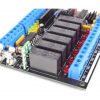
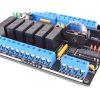
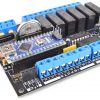
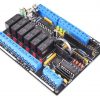
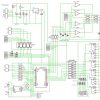
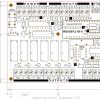
CANADUINO PLC MEGA328 Electronics DIY Kit (100% compatible with Arduino)
EUR 25.09
| Need more than we have? Order now, we will ship when back in stock. Lead time about 2-3 weeks. See our backorder policy. |
| Discount Type | Quantity | Volume Price |
|---|---|---|
| Quantity | 3 - 9 | 10% EUR 22.58 |
| Quantity | 10 - 24 | 12.5% EUR 21.96 |
| Quantity | 25 + | 15% EUR 21.33 |
- Description
- Reviews (3)
Description
A fully fitted, tiny Programmable Logic Controller for Arduino NANO (compatible module included) with a footprint of only 100 x 80mm!
This DIY soldering kit offers an incredible cheap opportunity to add a programmable logic controller to many kinds of projects and machines like lighting, HVAC, greenhouses, water treatment or smokehouses. It can help you control your Halloween decoration or your manufacturing equipment.
CANADUINO MEGA328 100-12 PLC is powered by an Arduino NANO V3 or compatible module, and can be programmed using Arduino IDE or other tools like Mitov’s ingenious “Visuino”.
CANADUINO MEGA328 100-12 PLC fits just any budget but delivers power and versatility equal to 10x more expensive professional control devices.
MEGA328 100-12 PLC basic features:
– 4 analog 0-10V inputs (10mV res.)
– 4 analog 0-10V outputs (2.5mV res.)
– 4 digital inputs 3-15V
– 6 digital 250V/5A relay outputs
– I2C bus for external sensors, displays etc.
– DS1307 RTC (real-time clock) with a backup battery
MEGA328 100-12 PLC is a Do-It-Yourself kit comprising only through-hole parts and is easy to build using basic electronic tools.
The kit contains the PCB, all passive, active and mechanical parts, and a compatible NANO V3 module.
A Mini-USB Cable (link) is sold separately.
The backup battery CR2032 is not included.
A power supply 12V DC, min. 0.5A is required.
Substitute parts:
Sometimes, we can’t source the exact parts as listed in the documentation. Then we will ship the kit with substitutes close enough to guarantee proper function. To avoid mistakes, install the exact matching parts first, and then see what is left and match these parts to the empty spaces on your PCB. This way, you avoid installing the wrong parts by mistake.
We also offer a larger Arduino PLC Project, the CANADUINO PLC 300-24, based on Arduino MEGA2560, with a total of 54 analog and digital outputs. This is a project for serious automation applications.
Assembling Instructions 1.4 PDF Download
Nice assembling video and review by our great supporter “Pileofstuff” (YouTube)
NOTE: The switching voltage converter to see on the pictures was replaced by an STM L7805CV linear voltage regulator for better EMC and higher reliability.
3 reviews for CANADUINO PLC MEGA328 Electronics DIY Kit (100% compatible with Arduino)
Add a review
You must be logged in to post a review.
Related products
-
Arduino PLC, Professional Kits
CANADUINO PLC 300-24 – Industrial DIY PLC Soldering Kit for Arduino MEGA 2560
EUR 47.534.33 out of 5 -

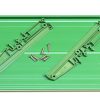
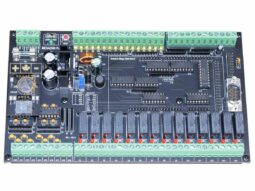
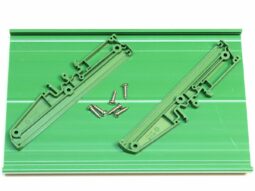
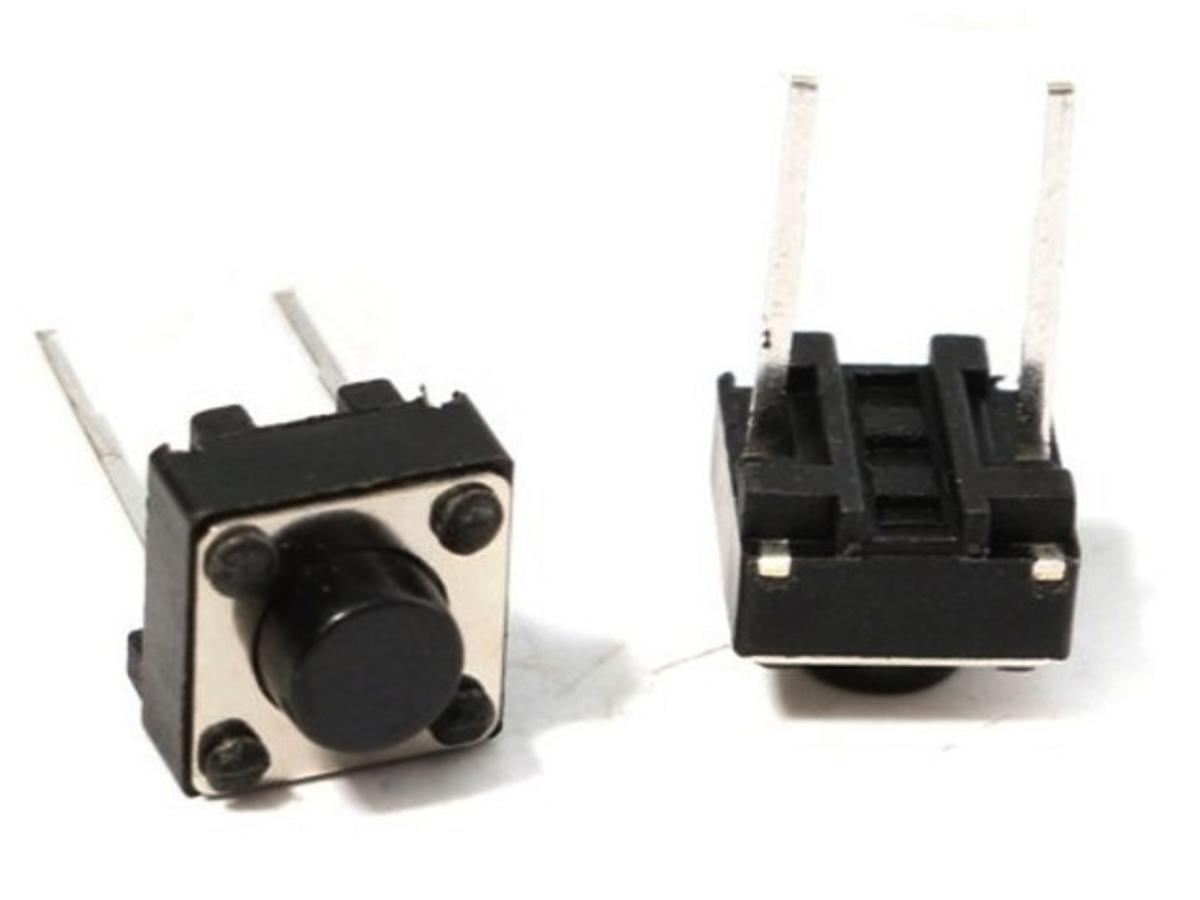
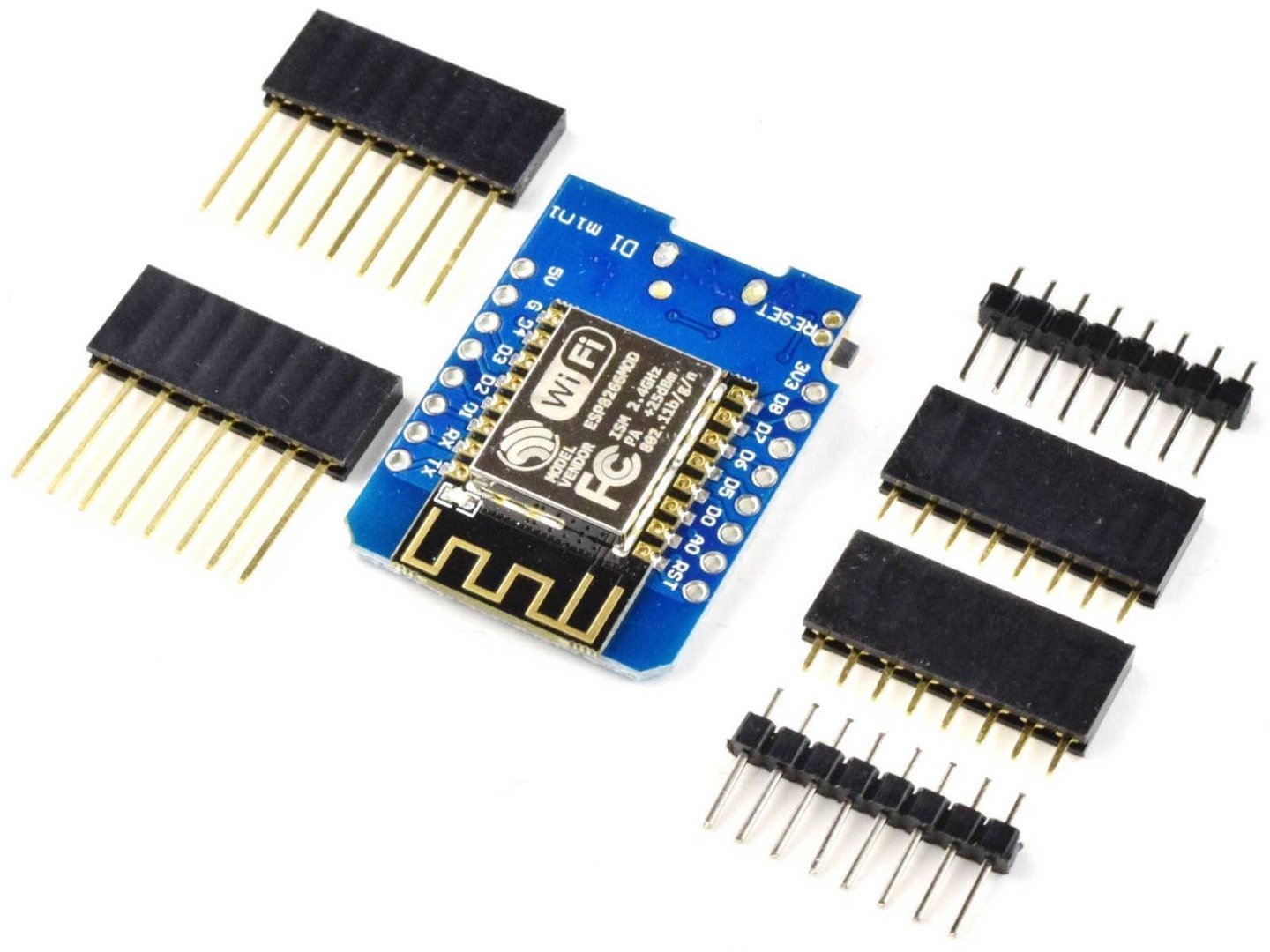
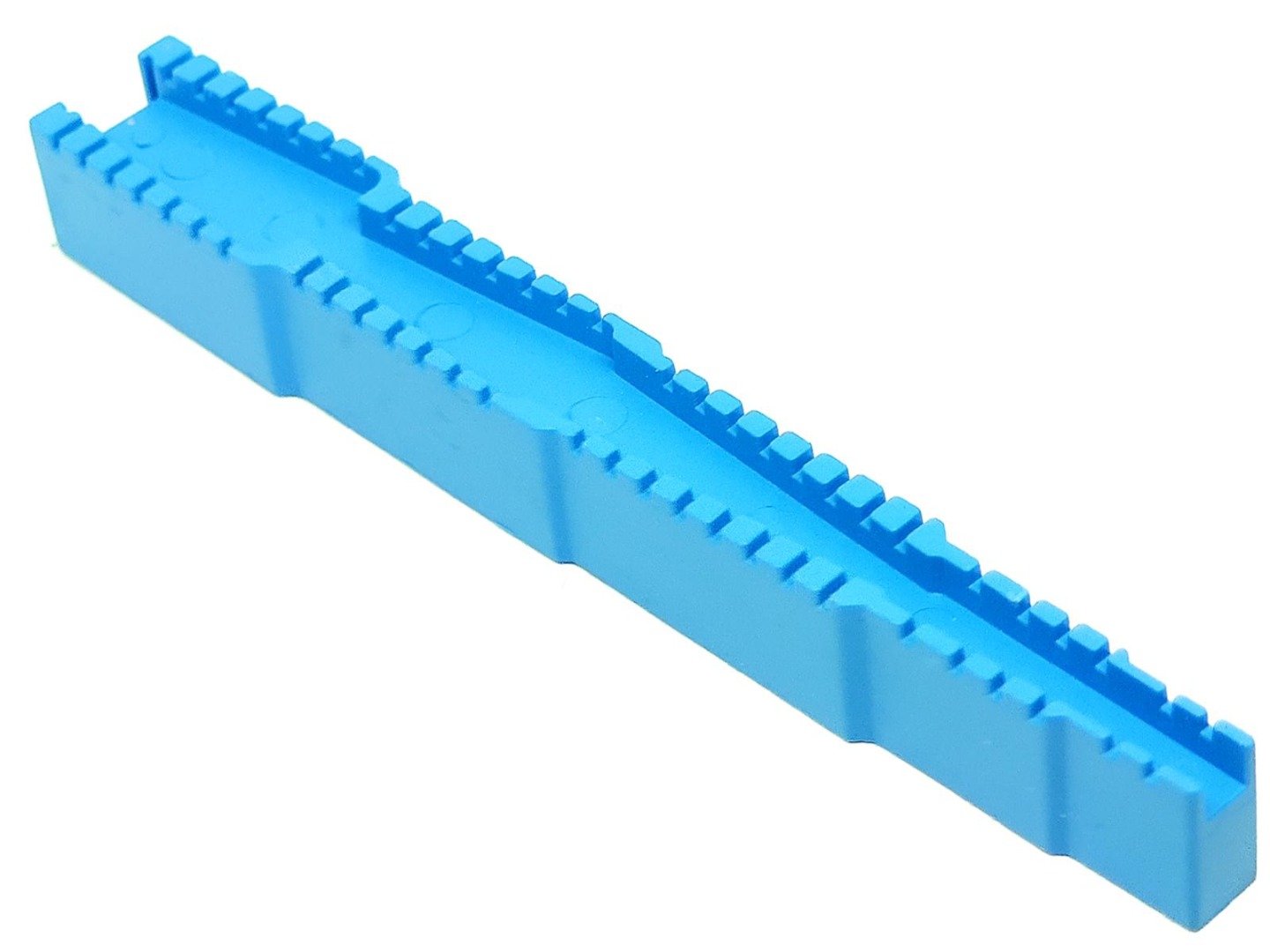



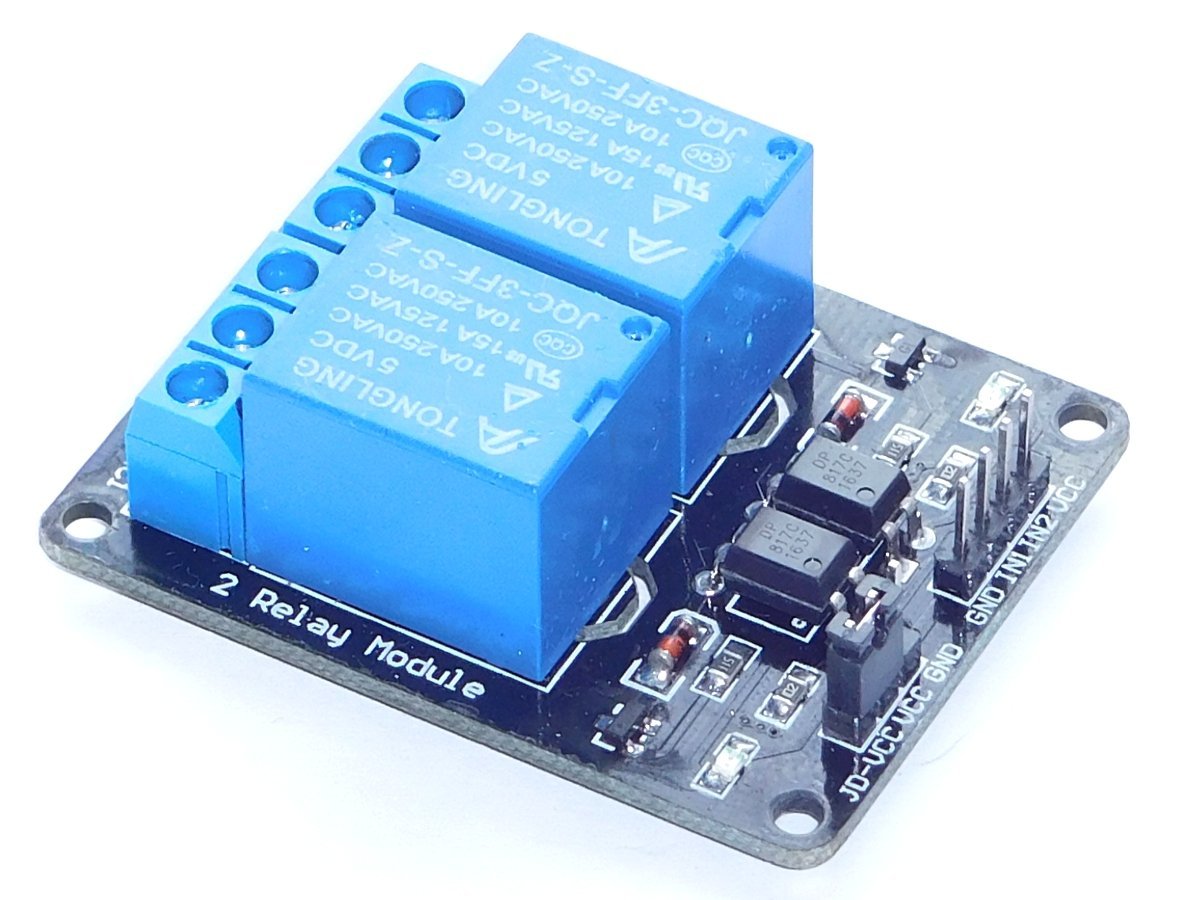
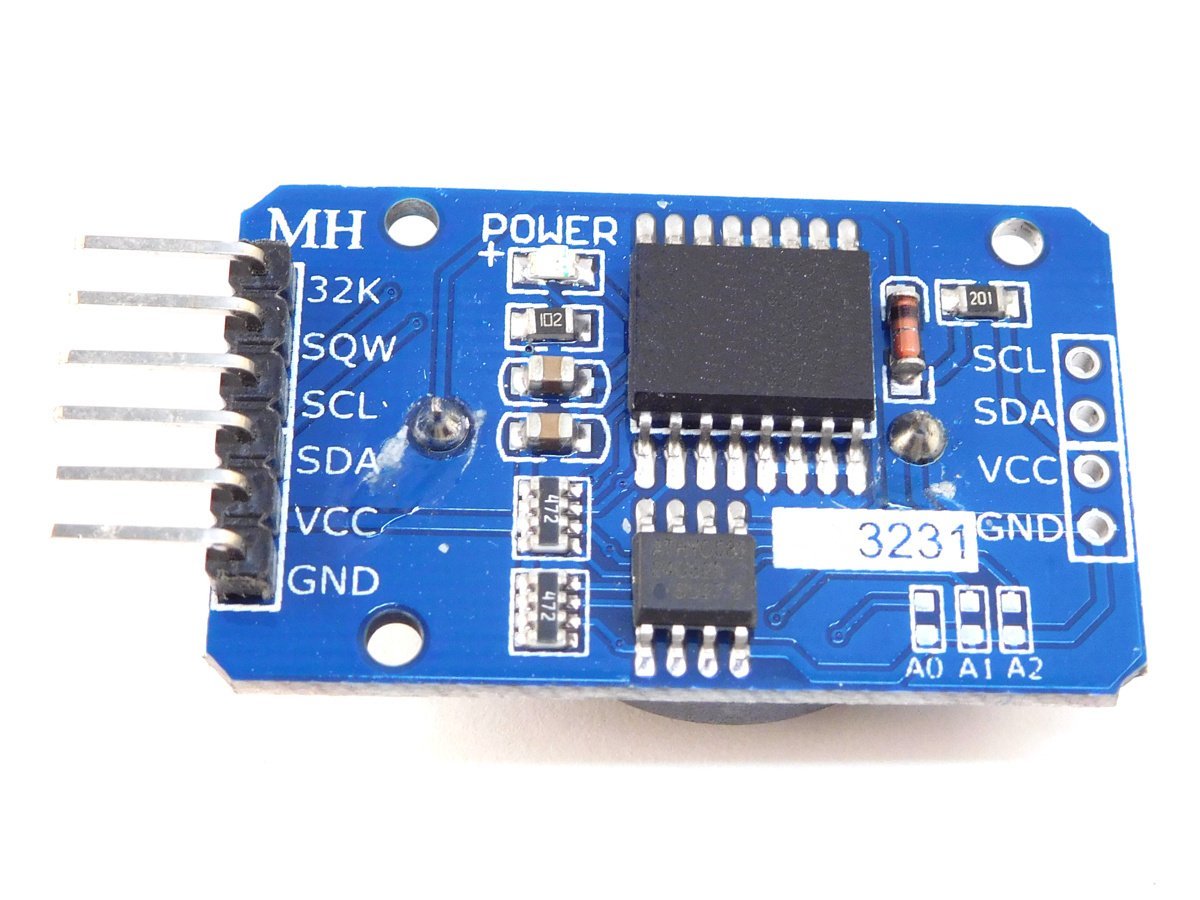
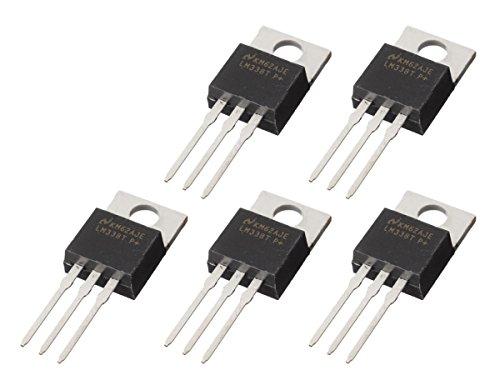
jim.cordill (verified owner) –
Overall this is a great little kit, I had some confusion with some resistor sip packs with different values then listed in the parts list, most likely due to supply issues the kit came with 1k sips, rather then the 1.2k as listed, but a quick look at the schematic showed the substitution was ok. Also the kit was missing two red LED’s.
The main reason for the four star review was due to an error on the PCB, the AREF pin is tied to VCC, this should NEVER be done on an AVR, the AREF pin should be left floating or have a 0.1uf cap to ground, the M328 has a reference mux internal to select VCC or an internal BG reference, tying this pin to VCC will damage the M328 if the internal ref is selected by software!!!
I solved this mistake by removing the AREF pin from the Arduino module, A note should be added to the assembly instructions about this, and on the next revision of the board, this error can be fixed. C3 should probably also be changed to a 2.2uf as well.
Again, overall a very nice little PLC, I’m looking forward to using it for some projects! Thanks
UNIVERSAL-SOLDER –
It is up to the developer to supply an external reference voltage or to use the internal reference. If you change the internal reference, you can damage the MCU when an external reference voltage is supplied. But changing the reference voltage wouldn’t make any sense because then the 0-10V inputs and outputs wouldn’t work properly anymore. We might add a note to the instructions that the voltage reference should be set to EXTERNAL and to nothing else, to avoid unsuspecting people damaging their NANOs. Thank you for the hint.
pat.caron (verified owner) –
This is a great little PLC kit. I am using it for garage door & heating automation. The team at Universal-Solder have responded quickly to a minor issue I had with the kit.
As stated by other reviewers, resister SIP values were changed from 1.2k to 1k ohm.
I recommend this as excellent Arduino PLC automation product.
jwallace –
A good kit, a little challenging at points. I didn’t realize terminal strips were interlocking and had to remove and reassemble the 8 point INPUT terminal strip to fit the space. Maybe a note would have helped … maybe I should have realized the 2 point units needed to be locked into an 8 point strip. Resistor packs not well marked – I laid them all out on a sheet of paper, measured with ohm meter and matched with what I was suppose to have, and taped them on the sheet until ready to solder in. My two biggest issues with the unit is that I cannot get a full 0-10V output on the AOs, maxing out around 9.5V. This would be totally unsat if I had an application that needed a full 0-10V range. The second issue is that the RTC DS1307 really is too inaccurate and I wish a 3231 based RTC had been incorporated: the cost difference between the modules is not that great and would not price this PLC out of range..
The “Important” note advises against not using the USB connection (and power) to the NANO while 12V connected to the input: stating you must remove the NANO or turn off the 12V supply to make program changes. I think this is backward. I have no problem connecting to the NANO via the USB connection while the 12V supply is on, and in fact, I am more concerned that connecting to the NANO with the 12V supply removed might damage the NANO if excessive current was drawn to support external devices. This is the standard technique I’ve used in multiple projects involving external power (e.g. 12V LED strings). I think your cautionary note needs to be revisited.
I bought this unit just as part of my experimenter’s tool kit and think that overall it is a very nice package.
UNIVERSAL-SOLDER –
– Those screw terminals are always interlocking. This is a standard that we thought doesn’t need to be explained.
– The marking of the network resistors is as follows: A means isolated (separate) resistors while B means bussed resistors (with pin 1 being the common). The following number follows the standard numbering system for passive components: The first digits show the value followed by the number of zeros. For example: A223 is 22000 Ohms and isolated resistors. B4714 means 4710000 Ohms in a bussed assembly. Few manufacturers use their part number instead of the value; then Google will easily help finding the corresponding value and topology.
– The DS3231 was about $10 USD at the time of development, and not even available in DIP package. This has changed in the meantime. But for most simple controls (e.g. garden watering or beer brewing), it doesn’t matter if the drift is 1 or 20 minutes in a year. If higher precision is required, an external RTC can always be connected to the I2C expansion port.
– The warning note applies to Nano modules without the necessary diode to avoid current flowing back into the host computer’s USB port.